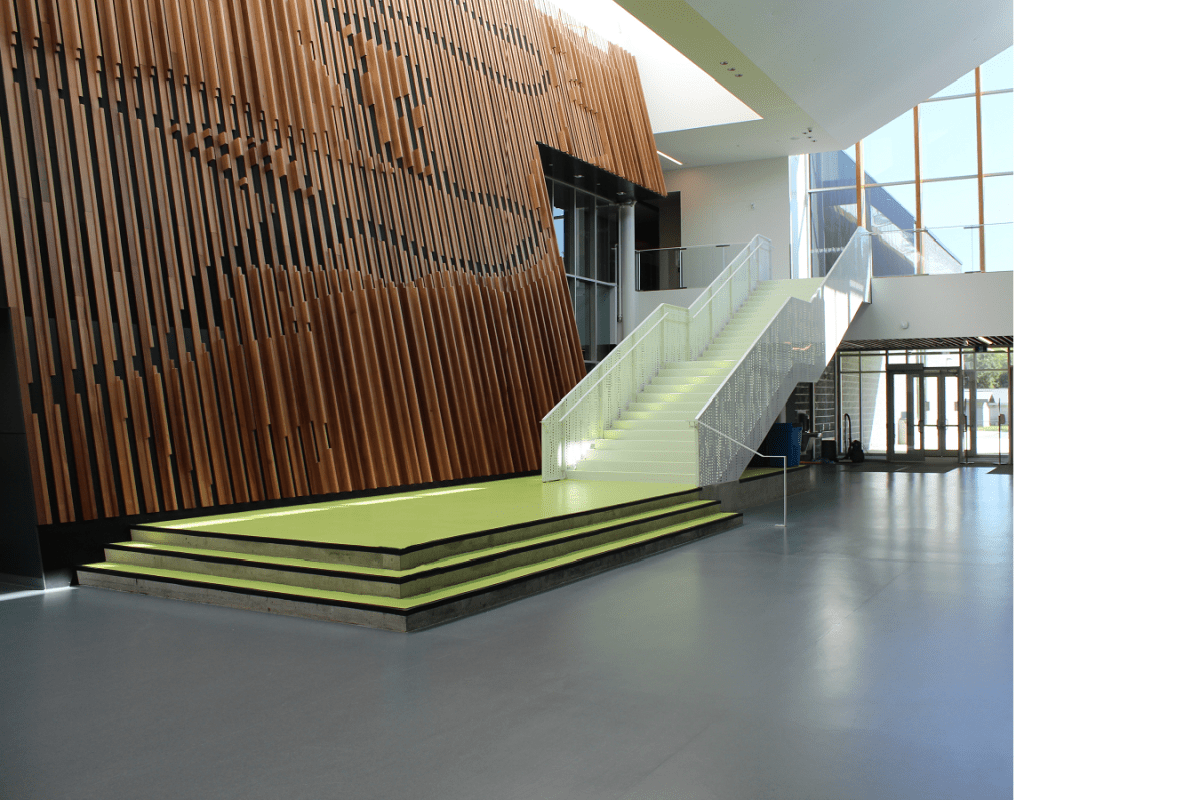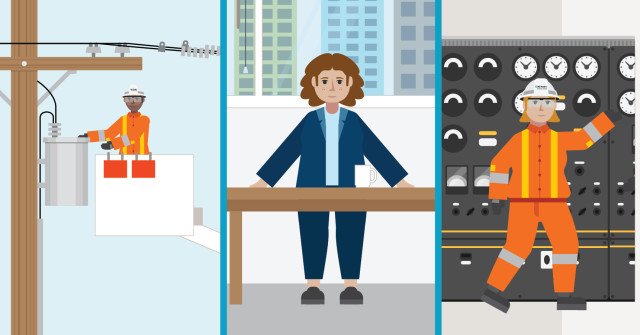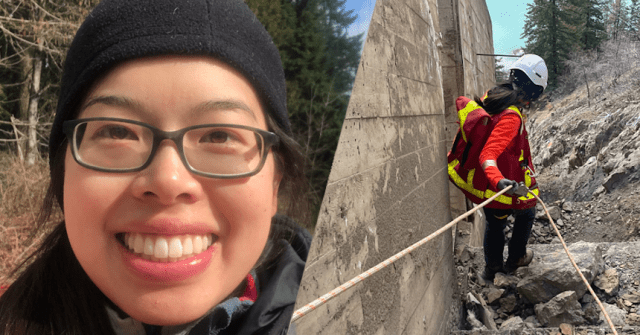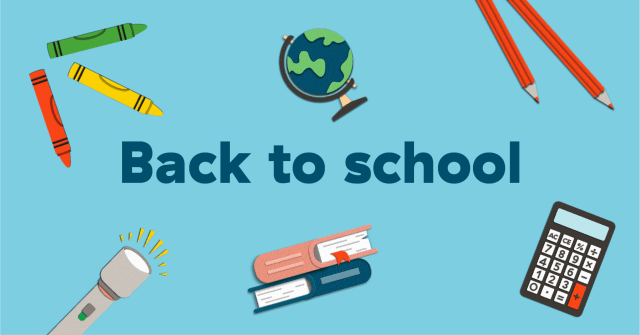Engineers, teachers, and students are all in this together
Imagine a time in the future when everything at a school is examined for how it affects sustainability. Imagine a day when everyone – from architects and engineers, to teachers and students – has a role to play in creative solutions for greener schools.
That time is now, right here in B.C.
All across the province, schools are getting greener in ways big and small:
- School districts that need to renovate or rebuild to meet updated seismic standards jump at the chance to do energy-efficiency upgrades at the same time.
- A group of Grade 3 students challenges all classes in the school to go lights-out for a day.
- A rebuilt high school in Prince George showcases how ground-up design can maximize energy efficiency.
- At Canada's greenest school, students join forces to reduce the number of discarded plastic drink containers at the school by 90% from 2012 levels.
Sustainability is no longer just something students consider for part of the school year and teachers cross off the to-do list. It's now a basic expectation that's being embraced by school districts, teachers and students. And the bar is being raised.
Did you know? According to the World Green Building Council, features that go into making a building "green" range from efficient use of energy, water and resources, to waste reduction measures that include enabling re-use and recycling.
Delivering on all those green elements is going to take a concerted effort from all involved in schools.
"What we want to do is go beyond where we have a few teachers who are passionate advocates," says Jonathan Ho, Richmond School District's manager of energy and sustainability.
What's really important is embedding sustainability, so that it's a big part of the curriculum. - Jonathan Ho
Ho cites two examples of how that's being done in Richmond. One is taking aspects of the school district's electric vehicle toolkit and integrating it into the district's STEM program for students in Grades 8 through 12. Another is the Richmond Sustainability Advisory Committee, a group that promotes projects through a collaboration between teachers, students and parents.
A recent highlight for Ho? After Ho chatted about sustainability with a Social Justice 12 class, the teacher of the class emailed him to tell him that the talk inspired a student to seriously consider sustainability as a career, something they hadn't known existed before the presentation.
"The kid was like, 'Wow, I could really do something with this," says Ho, an engineer by training who is also the board chair of the BC Sustainable Energy Association. "That was a really cool thing for me, and it certainly wasn't my intent. That path could change this kid's life."
Canada's greenest school embraces sustainability pledge
An early-adopting environmentalist who installed solar panels at his home way back in 1976 is now a teacher and environmental steward at Richmond's Ferris Elementary. Kevin Lyseng not only introduced a district-wide Eco-Wise Sustainability Pledge, he helped Ferris earn the lofty status of greenest school in Canada.
"There are many projects that relate to energy, and their impacts overlap,” Lyseng said in a scienceworld.ca story on the school in December. "It’s a complicated story, as is conservation. Put simply, when kids leave here, they have green thoughts."
Ferris won the "greenest school" award in 2019, the most recent year the Canada Green Building Council has run the awards competition (it's on hold due to the COVID 19 pandemic). A panel of experts in green buildings chose Ferris from a list of applications from across the country, noting how the school encouraged active transportation, the reduction of waste, water and energy.
One of those initiatives is the reduction in students' use of plastic water containers. By relying on a $1,000 grant from the Richmond School District, plus earnings from Science World's BC Green Games competition, and money collected from recycling deposits, the school bought and installed bottle refilling stations in the school.
And it paid off. By the end of 2021, the move to refilling reusable bottles reduced the number of plastic containers collected in the school to fewer than 75 per week, a 90% reduction since 2012.
Other green moves at Ferris include:
- Vertical greenhouses and garden beds in the library courtyards
- "Reverse lunches", in which students spend time playing outdoors before they eat, which has added up to surging appetites and a 20-fold reduction in wasted food in the school's garbage containers
- A tree-planting program to provide students with shade from the sun.
- Purchase and installation of water bottle refilling stations to encourage re-use of bottles and cut down on plastic waste.
Prince George high school updates name and energy efficiency
A Prince George high school demonstrates, more than any other school in School District No. 57, the potential of designing a school for energy efficiency from the ground up.
Not only was the school renamed to include "Shas Ti", which means “grizzly trail” or “grizzly path” in the Dakelh dialect of the Lheidli T’enneh First Nation. The new Shas Ti Kelly Road Secondary is an aesthetic and efficiency gem, riddled with wooden elements and boasting energy-saving features expected to save more than 448,000 kilowatt hours of electricity each year.
That's enough electricity to power 45 homes per year.
"We have all of this technology at other individual locations throughout our district, but this is the first opportunity we’ve had to build it and bring it all together as a collection of all the things we’ve learned,” says Barry Bepple, the school district's sustainable conservation coordinator.
Technologies used at the school, which leaned on BC Hydro's New Construction Program to inform energy-efficient design, include:
- A high-efficiency ground-source heat pump system as part of a system that provides each classroom with independent heating and cooling. Teachers can adjust the temperature for day-to-day conditions.
- LED lighting that uses light sensors to tell if a room is occupied or not, and which adjusts the output of the lights automatically to take advantage of available daylight.
- High-performance windows, along with increased roof and wall insulation.
How does a heat pump work? Learn more about the technology here.
Grade 3 students get everyone to shut lights off for a day
Inspired by Earth Day 2021 (April 22), Grade 3 students at École Rochester Elementary challenged all 18 divisions at the Coquitlam school to go an entire day without the lights on. Students came up with the idea of using a "time card" to track the amount each class powered down, and the cards were later submitted for a draw prize at day's end.
"It was pretty amazing to walk through the hallways past all the kids with their lights off," said Alison Wagler, teacher of the Grade 3 class. "Even the library and resource teachers worked with their students without power."
Students now often prefer to rely on natural light rather than harsh fluorescent lights, and that they're taking their energy conservation to their homes. - Alison Wagler
What did the students learn? That saving energy was something they could do every day, not just on Earth Day.
Educational resources for exploring green buildings
Here are some in-class activities that provide some context around what goes into the design of green buildings and sustainability in B.C. schools, businesses and homes.
What are green buildings? (Grades 10-12)
Students work together to create a green building slideshow, learning about the difference between energy efficiency and energy conservation, and how green buildings help fight climate change.
Design an energy-efficient home (Grades 10-12)
After learning about features of energy-efficient buildings, students design an energy-efficient home. They think about the people who will live there, brainstorm ideas and gather feedback. They sketch a design, build a model or create a digital graphic to represent final design ideas to showcase.
T'Sou-ke First Nation: solar powered (Grades 6, 7)
Vancouver Island’s T’Sou-ke First Nation has become a leader in renewable energy, and thanks to solar technologies, the community has reduced their environmental footprint. Students look at how this reflects the First Nation's values of sustainability and environmental stewardship.
School energy investigation (Grade 7)
Students investigate energy use at school and come up with ways to reduce electricity use and combat climate change.
What really happens to the plastic you throw away? (Grades 5, 7)
After viewing a video telling the story of the life cycle of three plastic bottles, student's ponder the video’s message and share their ideas as a class.






